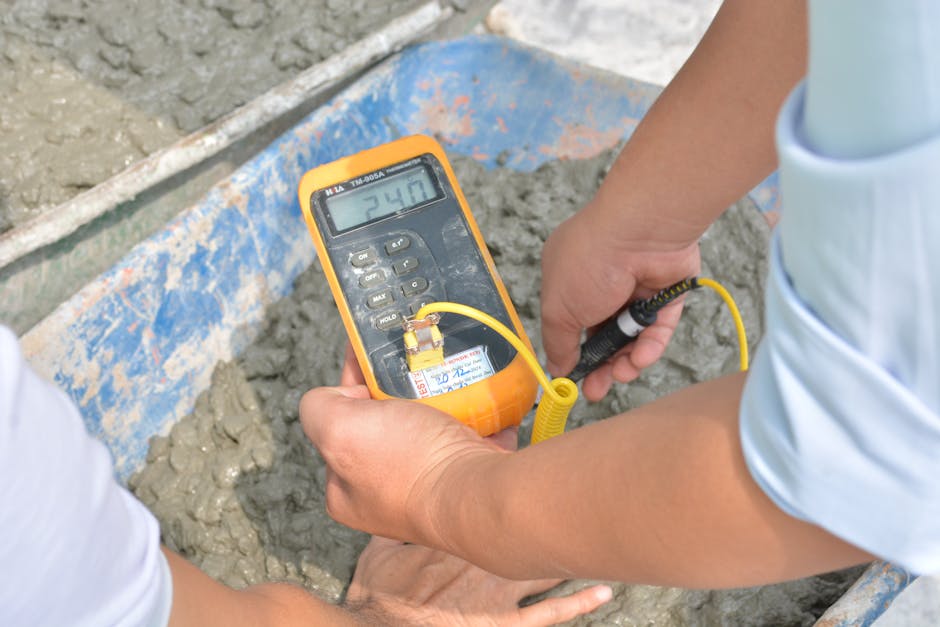Technology is sweeping across New Zealand’s construction industry, driving impressive strides in efficiency, sustainability, and productivity. Imagine a construction site where digital models replace stacks of paper blueprints, drones buzz above capturing real-time site data, and giant prefabricated building pieces fit together like a puzzle. It’s not just a vision of the future—it’s happening now, transforming how construction unfolds across the Aotearoa nation.
New Zealand is embracing innovative tools and strategies that enhance the speed, quality, and eco-friendliness of construction. From powerful digital models to buildings that spring to life in factories, tech innovations are reshaping the construction scene. Dive in to discover how these advances are not just building structures but also setting benchmarks in precision, sustainability, and collaboration.
Role of Building Information Modeling (BIM)
Building Information Modeling (BIM) is revolutionizing the architectural and construction sectors in New Zealand. Think of BIM as a virtual canvas where 3D digital representations of buildings spring to life, allowing designers, engineers, and builders to collaborate seamlessly. This powerhouse technology serves as a collaborative platform, bringing together different expertise to create integrated, error-free designs.
The real magic happens when BIM hooks up with cloud computing. This combo enables everyone involved, from architects to site managers, to access real-time project updates from anywhere. Decisions based on these updates are smarter and faster, slashing costs and streamlining operations.
Looking ahead, BIM is poised to lead construction technology trends through 2025 and beyond. By offering comprehensive digital modeling before construction begins, it reduces errors, tightens schedules, and fosters collaboration. For New Zealand construction sites, BIM is more than a tool; it’s an essential ingredient for future projects.
Advanced Imaging and Site Monitoring Techniques
Imagine a swarm of tiny drones buzzing over a construction site, capturing real-time data with pinpoint accuracy. Welcome to the new world of advanced imaging and site monitoring. In New Zealand, construction companies are deploying drone technology to gain unprecedented insights into their projects. These flying cameras provide a bird’s-eye view, perfect for site surveys, progress checks, and safety inspections.
Gone are the days when aerial imaging was a costly privilege. Now, drones serve as affordable, rapid-moving scouts, beaming back data that help teams make informed decisions. The integration of this data with digital systems fortifies project analysis, facilitating better decisions and enhancing site efficiency.
But it doesn’t stop there. Digital systems synthesize the collected data, offering a panoramic view of the project’s status and potential pitfalls. As drones become an industry staple, they generate a wealth of data that construction teams can leverage, paving the way for smarter and safer building practices.
Prefabrication and Modular Construction Evolution
In a world where time is money, prefabrication and modular construction are redefining how New Zealand builds. Imagine entire building sections pre-made in a factory, then transported and assembled on the site like a giant Lego set. This shift from traditional building methods has caught the eye of constructors across the nation.
The benefits are crystal clear: shorter construction times and a consistent environment for quality control. Since parts are crafted indoors, bad weather is no longer a wild card delaying your project. Waste is dramatically reduced, and efficiency becomes the order of the day.
This approach aligns with New Zealand’s Construction Accord Transformation Plan, aiming to harmonize industry practices with national objectives for a thriving, sustainable construction sector. As we adopt these methods, the industry not only meets its building goals but gains an edge in delivering quality projects swiftly and sustainably.
Digital Transformation and Industry 4.0 Innovations
Digital transformation is taking New Zealand’s construction realm by storm. Internet of Things (IoT) technology is emerging as a fundamental component of this digital shift. Imagine sensors whispering data from deep within construction sites, offering insights into everything from structural integrity to machinery performance. IoT is turning this vision into reality, empowering construction teams with real-time insights for predictive maintenance and safety enhancements.
And that’s just scratching the surface. The introduction of Digital Twins, Augmented Reality (AR), Virtual Reality (VR), and Artificial Intelligence (AI) is changing how projects are managed, visualized, and trained upon. Using AR and VR, teams can immerse themselves in virtual environments, spotting issues before they arise and enhancing design comprehension.
AI-powered predictive analytics is another marvel, foreseeing potential challenges and suggesting solutions long before they manifest. Collectively, these tools don’t just build structures—they create intelligent, efficient systems that redefine the very essence of construction.
Pursuit of Sustainability and Green Building Practices
In a time when green practices are more crucial than ever, New Zealand’s construction scene is pioneering sustainability through innovative technologies. Smart materials and environmental intelligence are at the forefront, offering exciting possibilities for eco-friendly construction.
Imagine building materials that are not only strong but also kind to nature. From bioplastics and smart composites to natural fiber insulation, these materials offer exceptional thermal efficiency and acoustic properties. The drive for low-carbon alternatives to traditional cement and steel is alive and well, contributing to a more sustainable industry.
Additionally, efforts in waste reduction and promoting a circular economy are gaining momentum. Technologies that transform construction waste into new resources are not just cutting down on landfill reliance but also nurturing a more sustainable material lifecycle. These initiatives exemplify how technology doesn’t just build with sophistication; it constructs with conscience.
Government and Industry Support for Technological Advancements
Crucial to New Zealand’s tech-driven construction evolution are supportive frameworks like the Construction Accord’s Transformation Plan. Laid out with an ambition to foster a thriving, fair, and sustainable construction landscape, these initiatives champion digital and sustainable methodologies.
Organizations like [Callaghan Innovation](https://businessmag.co.nz) are pivotal, empowering industry players with state-of-the-art expertise and assistance in digital construction, sustainable materials, and off-site manufacturing. Their efforts help the sector stay ahead of global trends and local demands.
Together with industry leaders, these initiatives ensure New Zealand’s construction industry stands resilient and ready for what’s next. Collective focus and commitment drive this transformation, weaving innovation with tradition and setting standards for future endeavors.
Conclusion
New Zealand’s construction sector is witnessing a tech renaissance that promises growth, sustainability, and innovation like never before. From the extensive capabilities of Building Information Modeling to drones offering unparalleled site insights, the industry is stepping into the future with confidence. Prefabrication techniques, along with digital innovations, craft a narrative of construction becoming quicker, smarter, and more efficient.
Sustainability is a defining element of this transformation. Smart materials and waste-minimizing strategies are not only ethical choices but also crucial for long-term industry benefits.
With government and industry partners leading the charge, New Zealand’s construction sector is well-positioned for continuous growth and evolution. The fusion of traditional architectural practices with cutting-edge technology sets a promising course toward 2025 and the exciting possibilities beyond.












Leave a Reply